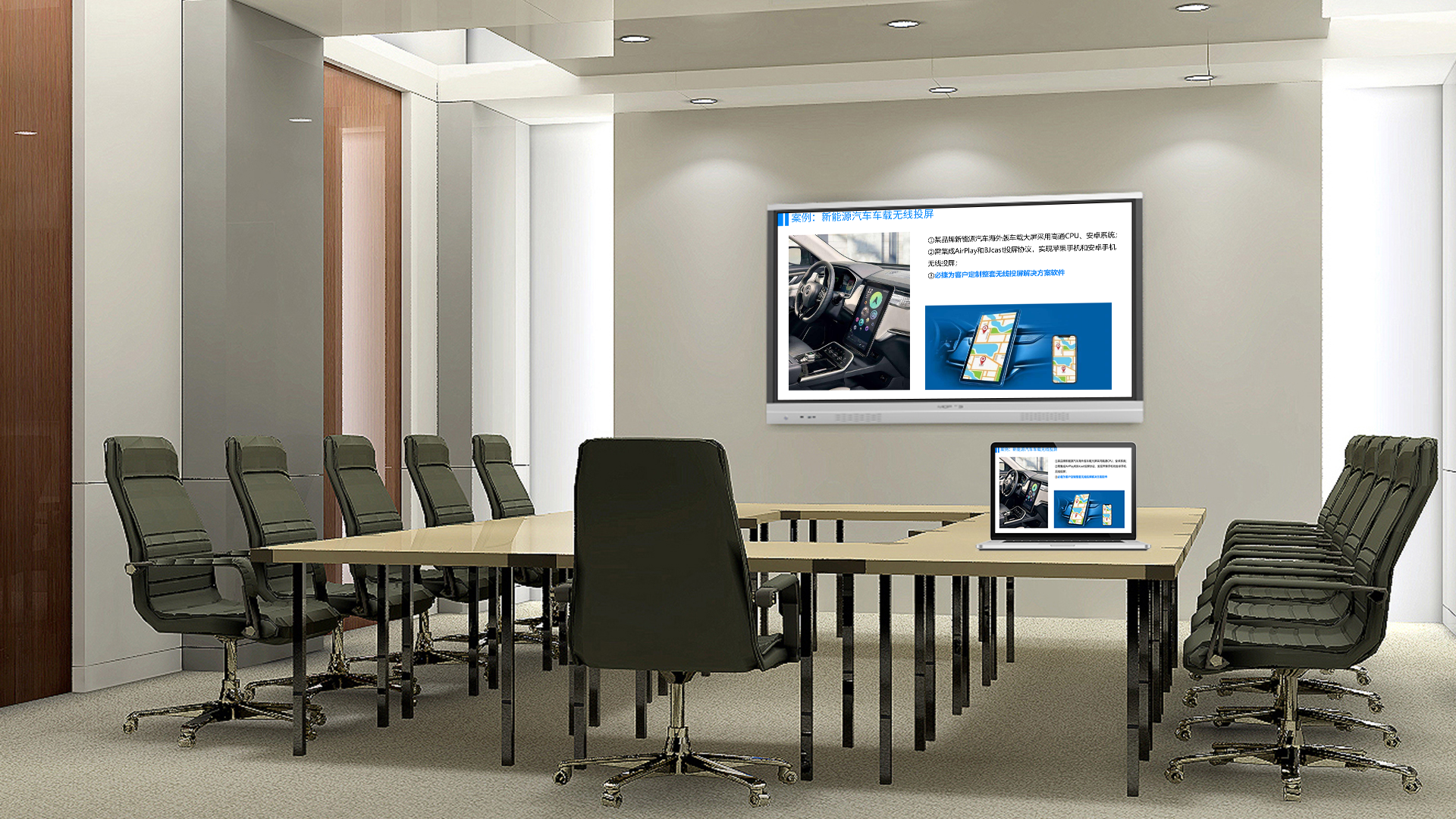What Is Google Cast? How Does It Differ from DLNA and Wireless Screen Mirroring?
When learning about wireless screen mirroring, Google Cast and DLNA are two frequently mentioned terms. Both are used for content sharing, but their principles and user experiences are completely different.
1. Google Cast: The “Smart Remote Control”
- Principle: When you use Google Cast, your phone acts more like a remote control. It sends a “play command” to devices like Chromecast, and the TV then fetches and plays the content directly from the internet.
- Advantages: You can turn off your phone screen or use it for other tasks without interrupting playback. It also offers more stable performance and saves phone battery.
- User Experience: Tapping the “Cast” icon within apps like YouTube to stream videos to a TV is a typical use case.
2. DLNA: The “Media Porter”
- Principle: DLNA (Digital Living Network Alliance) works by “pushing” locally stored files (such as videos and photos) from your phone to the TV. The TV retrieves data directly from the phone for playback.
- Advantages: Ideal for sharing local media files that are saved on your phone.
- Limitations: Can only push specific file types (e.g., videos, images, audio) and cannot mirror the entire phone screen.
3. Wireless Screen Mirroring: The Complete “Clone”
- Principle: Creates a full, real-time copy of your phone screen and displays it on a large screen. Every action on your phone (e.g., opening an app, scrolling) is 同步 shown on the big screen.
- Scenarios: Suitable for presenting PPTs or operating software during meeting screen mirroring, or displaying students’ homework in interactive classrooms.
Summary
- Want to cast videos/music? Use Google Cast (for online content) or DLNA (for local files).
- Need to cast the entire phone screen (e.g., PPTs, apps)? Use wireless screen mirroring.
Understanding these differences will take your wireless screen mirroring experience to the next level.
